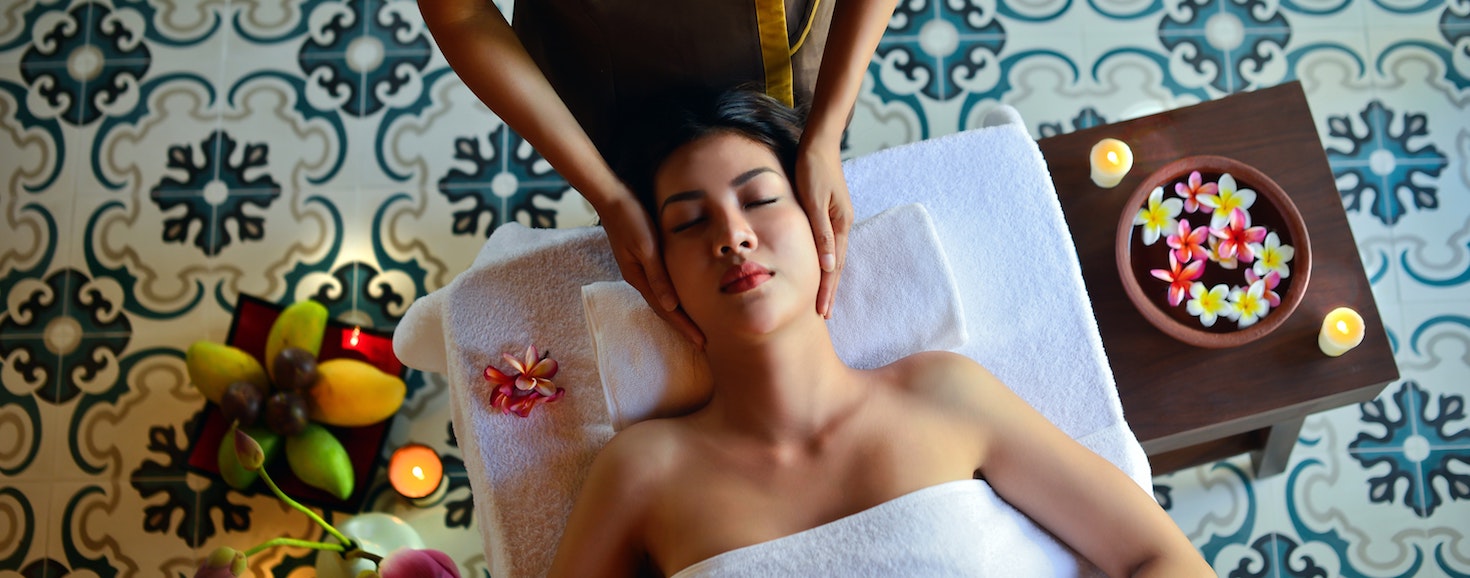As we entered 2020, there were high hopes for the spa industry. Brand new treatments were deep in development, and many spas were looking to utilise the increasingly accessible technology to drive a more modern, connected spa experience.
As international air travel peaked, an interest in pre-flight wellness was on the rise. Forest bathing, a Japanese bathing experience revitalised in the late 80s, was gaining in popularity outside of Asia. Other predicted spa trends for 2020 included salt therapy (halotherapy), cryotherapy, body wraps, virtual reality treatment add-ons, and CBD.
But we all know what happened next.
As the global COVID-19 pandemic struck, the world ground to a halt. Countries the world over closed down their borders and employed strict social distancing rules to reduce the spread of the virus and protect people from getting sick.
And while this action was necessary, every industry suffered as a result. For spas, it was a killing blow. With no ability to share space or engage in touch, many spas were forced out of business and countless others now teetering on the brink of bankruptcy.
Although we’re not out of the woods, in many countries across the world, including Thailand where the head office of GOCO Hospitality is based, an easing of lockdown restrictions is now finally allowing spas to re-open and provide treatments once again. However, opportunities still remain limited, with service platforms adjusted to adhere to various health department rules.
From facials to massage, a cautious approach is being taken in the industry to ensure the safety of everyone involved. At the same time, a revival of both new and existing spa trends can begin. So, as the spa industry cautiously rises from the ashes of the pandemic, here are some of the upcoming spa trends of 2020 that we think guests will be looking for in their next, and long overdue, post-COVID spa visit.
Clean Treatments
As health and safety is now the norm, any treatment a spa or wellness destination offers should have hygiene and cleanliness front and centre. Before, the cleaning process was very much behind closed doors and guests would simply expect cleanliness as standard. Now, in the post-COVID world, there’s a greater demand for a more in-your-face approach.
Guests will now need to see cleaning taking place, for peace of mind and a greater sense of health security. Using a UVC Scanner to sterilise massage beds in front of guests or highlighting where UV sterilised air purifiers are in the rooms will help guests relax and enjoy treatments without the stress of virus infection.
A spa is a place of relaxation and escape, whether that’s from the pressures of every day or the chronic stress that comes with a global health pandemic. To allow guests a moment to not worry will be crucial in the coming months and years.
Double Down on Digital
As a touchless spa experience becomes more commonplace, as a response to keeping guests and therapists safe, we expect to see the incorporation of more digitised approaches to the spa journey. Before the pandemic, the introduction of virtual reality (VR) and wellness tracking was being cautiously adopted, with traditionalists pushing back and revolutionists testing the waters on what they could do with such new technology.
Now the pandemic has pushed this trend to the forefront, leading the way in a post-COVID idea of personal wellness. From online yoga sessions, led via live stream by some of the world’s leading wellness retreats, to tech companies jumping on the opportunity to invest in digital wellbeing – new wellness-based digital platforms grow. Online booking, touchless check-in and tablet-based control systems (regularly sanitised) are now becoming the standard, with a range of more radical approaches soon to come.
Even now, just a few months after the pandemic began, physio-robots are being used in Singapore to perform TCM back and knee massages to patients. A physician calibrates the robot’s cameras to accurately target the patient’s pressure points, and the soft silicon ‘fingertips’ (heated to 38oC) execute the massage with a “human-like” touch.
Heat & Water Bubbling Back
Understandably, the kneejerk reaction to the COVID-19 pandemic was to close spas and enforce social distancing. As a result of spa closures, swimming pools, saunas and most heat & water facilities were also closed. However, new research now suggests that in contrast to these initial rules, saunas, and to a lesser extent swimming pools and mineral pools, actually do more to prevent and treat respiratory infections and enhance health and wellbeing than they pose a risk.
Dr Marc Cohen’s Turning Up The Heat, published 20 July 2020, suggests that saunas and mineral pools use heat to treat and prevent viral infections. His research supports the long-standing idea that “heat applied to the whole body can further support the immune system’s second line of defence by mimicking fever and activating innate and acquired immune defences and building physiological resilience”.
While today’s reality contrasts hard with the predictions made in 2019 on the future of wellness tourism, one thing can be certain: people are becoming more aware and more engaged in personal wellbeing thanks to COVID-19. Over the next year, guests will become more clued-up about wellness and look for treatments that offer more than just relaxation. This, in turn, will revive old trends and give birth to new ones. But until the spa businesses of the world are able to function at their best, it remains to be seen what treatments will make the best spa trends of 2021 lists.

